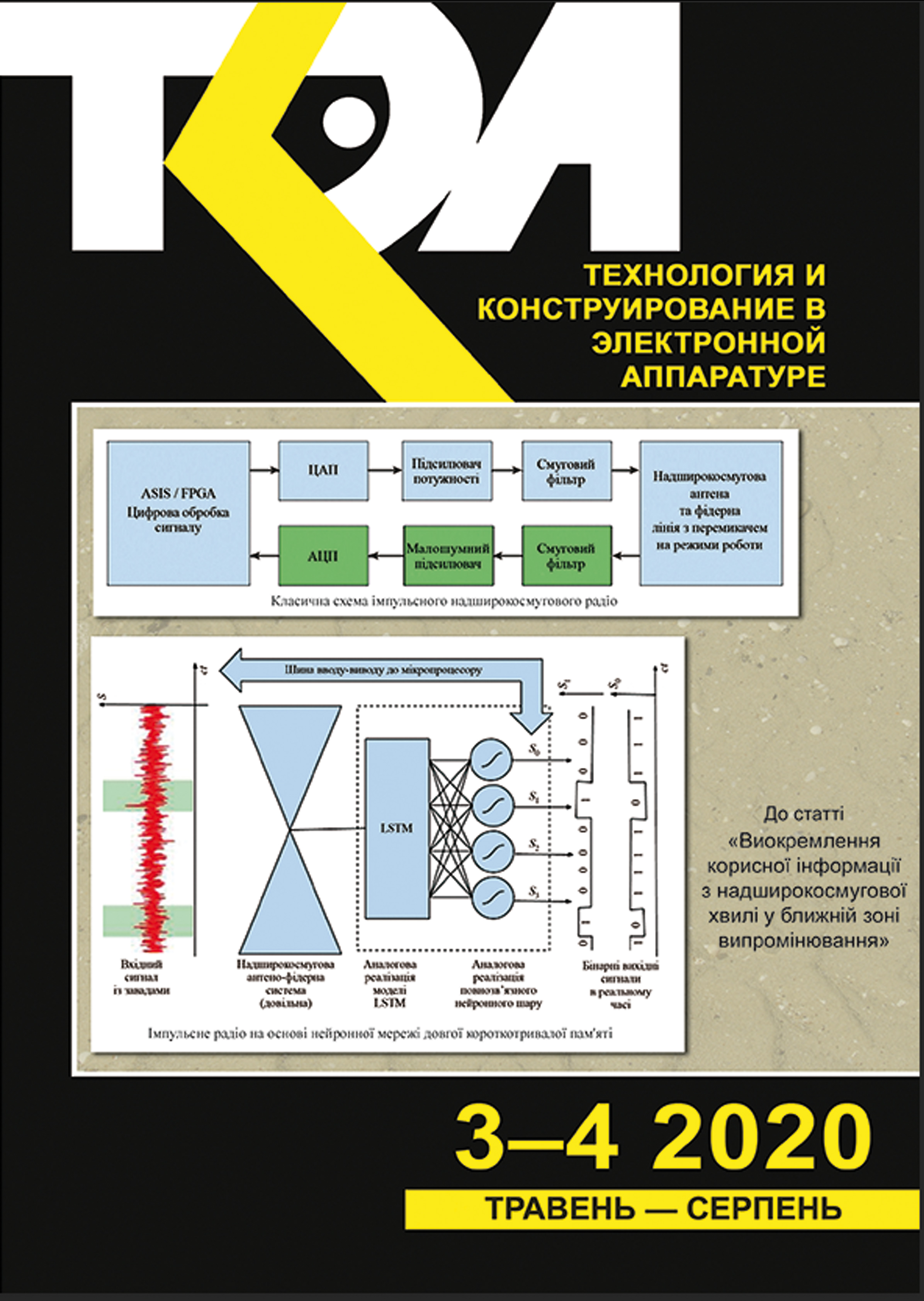Investigating permeability of metal felt capillary structures of heat pipes for cooling electronics
Abstract
The paper presents the experimental results on the permeability of metal felt capillary-porous structures with a fiber diameter of 10—50 μm at porosity values from 57% to 90% when the fluid filtration occurs along the felt plane. It is determined that the permeability depends on the geometric parameters of the capillary structure (fiber diameter), porosity and direction of fluid filtration. In previous permeability studies, no attention was paid to the direction of fluid movement in the capillary structure. It was believed that the metal felt structure is isotropic and the permeability was studied for cross-fiber filtration. In reality, unlike regular capillary structures (powder), metal felt structures are anisotropic and their characteristics depend on the direction of fluid filtration. In heat pipes, the capillary structure fibers are mostly positioned parallel to the axis of the pipe, and thus the fluid moves from the condensation zone to the evaporation zone along the fibers.
It was shown that at a porosity of 55—70%, the value of permeability does not depend on the direction of filtration. In the porosity range from 70% to 90%, error can exceed 50%. In this porosity range, the permeability value at cross-fiber filtration significantly exceeds the permeability value at longitudinal filtration.
This proves that the calculation relations for determining the permeability coefficients of metal felt capillary-porous structures obtained for cross-fiber filtration cannot be used to calculate heat pipes.
Analyzing the results and processing the obtained experimental data allowed proposing an empirical dependence that generalizes the data with an error of up to 20% in the whole range of the studied porosity values.
The research results can be used to design heat pipes with maximum heat transfer characteristics for cooling electronics.
References
Федасюк Д.В. Методи та засоби теплового проектування мікроелектронних пристроїв. Львів, Вид-во Держ. ун-ту "Львівська політехніка", 1999, 228 с.
Jo H. S., An S., Nguyen X. H., Kim Y., Bang B. H., James S. C., Choi J., Yoon S. S. Modifying capillary pressure and boiling regime of micro-porous wicks textured with graphene oxide. Applied Thermal Engineering, 2018, no. 128, р. 1605-1610. https://doi.org/10.1016/j.applthermaleng.2017.09.103
Семена М.Г., Гершуни А.Н., Зарипов В.К. Тепловые трубы с металловолокнистыми капиллярными структурами. Киев, Вища школа. Головное изд-во, 1984, 215 с.
Косторнов А. Г., Шаповал А. А., Мороз А. Л. и др. Тепловые трубы с капиллярными структурами на основе композиционных градиентных материалов для теплообменных систем космического и авиационного назначения. Космічна наука і технологія, 2009, т. 15, № 2, c. 69-79. https://doi.org/10.15407/knit2009.02.069 (Rus)
Reay D.A., Kew P.A., McGlen R.J. Heat pipes: theory, design and applications. Elsevier, 2014, 251 p.
Andraka Ch. E., Moss T. A., Baturkin V. et al. High performance felt-metal-wick heat pipe for solar receivers. AIP Conference Proceedings, 2016. http://dx.doi.org/10.1063/1.4949054.
Гершуни А.Н., Нищик А.П. Гидродинамические характеристики металлических пористых тонковолокнистых материалов для систем охлаждения электронной аппаратуры. Труды XVIII Междунар. науч.-практ. конф. "Современные информационные и электронные технологии". Украина, Одесса, 2017, с. 39-41.
Marcus B. D. Theory and design of variable conductance heat pipes, NASA Technical Reports Server (NTRS), 1972, 238 p.
De Kerpel K., De Schampheleire S., Steuperaert H. et al. Experimental study of the effect of felt wick porosity on capillary-driven heat pipes. Applied Thermal Engineering, 2016, vol. 96, pp. 690-698. https://doi.org/10.1016/j.applthermaleng.2015.11.070
Шевель Е.В, Мельник Р.С. Исследование проницаемости металловолокнистых капиллярно-пористых структур вдоль плоскости войлокования. Энерготехнологии и ресурсосбережение, 2015, № 1, с. 33-36. https://doi.org/10.33070/etars.1.2015.04 (Rus)
Батуркин В.М., Зарипов В.К., Кравец В.Ю. и др. Исследование структурных и механических свойств металловойлочных фитилей, предназначенных для высокотемпературных тепловых труб - солнечных ресиверов. Энергетика, № 2, 2002, с. 41-46
Некрашевич Я.В. Теплопередавальні характеристики мініатюрних теплових труб з металоволокневою капілярною структурою. Дис. ... канд. техн. наук, НТУУ "КПІ ім. Ігоря Сікорського", 2014, с. 148.
Copyright (c) 2020 Kravets V. Y., Melnyk R. S., Chervoniuk A. A., Shevel Ye. V.

This work is licensed under a Creative Commons Attribution 4.0 International License.

